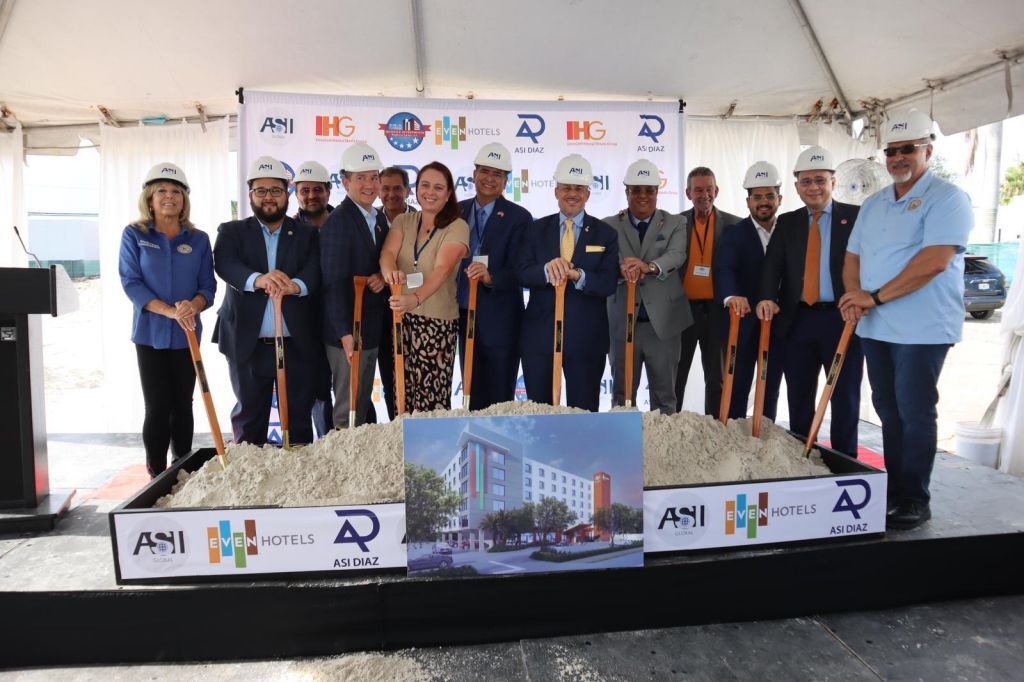Dozens of luxury hotels and high-rises along Florida’s southeastern coast are slowly sinking, raising new questions about the future of some of the region’s most iconic properties.
A recent study led by the University of Miami and reported by CNN revealed that 35 buildings, including the Ritz-Carlton Residences, Trump Tower III, Trump International Beach Resort, and the Surf Club Towers, have sunk by as much as 7 centimeters (approximately 3 inches) between 2016 and 2023.
The culprit behind this surprising discovery? Vibrations caused by ongoing construction. According to researchers, these vibrations can gradually compact the soil, leading to subsidence—the slow sinking of land beneath heavy structures. While it’s not uncommon for buildings to shift during their initial construction, continued sinking years later was unexpected.
“It’s not a surprise if buildings move during construction… but that it continues for years after, that was surprising,” explained Falk Amelung, the study’s lead author and a professor of geophysics at the University of Miami.
Using satellite imagery to monitor tiny movements of the Earth’s surface, researchers tracked changes in specific areas of buildings such as balconies and air conditioning units. What they found was that nearly 70% of buildings in northern and central Sunny Isles Beach, a luxury resort area near Miami, are experiencing subsidence.
While vibrations from construction played a key role, other factors are also contributing to the problem. Daily tidal movements, soil compaction, and even the weight of the buildings themselves are accelerating the rate of sinking. In areas where coastal land has been expanded using backfilled sediment, the issue is even more pronounced.
This discovery comes at a time when Miami faces another pressing issue—rising sea levels due to climate change. The combination of land sinking and ocean levels rising creates a dangerous scenario for many of these waterfront properties.
According to Manoochehr Shirzaei, a geophysicist at Virginia Tech, “Any change in relative elevation of the sea level—whether the land goes down or sea goes up—would cause significant flooding in the region.” Shirzaei’s research has linked land subsidence to increased flooding risks, further exacerbating the problem for cities like Miami.
Sea level rise in the area is already occurring at a rate of 2.6 inches per decade, but at some sinking sites, the land is dropping just as fast—effectively doubling the impact. This dual threat places these luxury properties at greater risk for storm surges, erosion, and regular tidal flooding.
Despite the alarming findings, experts stress that there’s no immediate reason for panic. The technology used in the study allows for continuous monitoring of high-rise stability, offering a way to track and address subsidence before it leads to catastrophic outcomes.
“The good thing about land subsidence, in contrast to sea level rise, is that we can take local actions to protect us against that,” Shirzaei noted.
For now, Miami’s skyline will continue to grow, but the ground beneath it is shifting. As construction vibrates the city’s foundations, the iconic high-rises that define Florida’s luxury coastlines may need to fight gravity as much as the rising tides.













